In 2015, Huawei made a significant breakthrough in mobile phone shipments, becoming the first Chinese brand to exceed 100 million units. Although it still trailed behind Xiaomi in the domestic market, industry analysts anticipated that Huawei's continued innovation and product development in 2016 would give it a strong chance to overtake Xiaomi and become the top smartphone brand in mainland China.
Huawei's performance in 2015 was impressive, driven largely by its smartphone sales, which reached 108 million units—a 44% increase from the previous year. This growth helped push Huawei’s revenue past $2 billion. The success of the P-series and Mate series smartphones, along with the joint venture with Google on the Nexus 6P, significantly boosted Huawei’s global brand recognition and played a key role in its rapid rise in the smartphone market.
According to IDC data, in 2015, Xiaomi remained the top seller in mainland China with 64.9 million units shipped, capturing nearly 15% of the market. Huawei followed closely with 62.9 million units, holding 14.5% of the market share, while Apple came in third with 58.4 million units. Notably, for the first time, all five top smartphone brands in mainland China were Chinese companies, pushing Samsung out of the top five.
Looking ahead to 2016, some in the Taiwanese mobile industry believed that despite currently trailing Xiaomi, Huawei's growing market penetration could widen the gap between the two companies. As the mainland market became more saturated, Huawei's stronger supply chain and cost advantages could put pressure on Xiaomi's low-price strategy.
Xiaomi's past success was fueled by its "hunger marketing" tactics, ecosystem approach, and affordable yet high-performance devices. However, as both companies expanded, Huawei's scale and technological improvements gave it a better position to compete. Meanwhile, Xiaomi's founder Lei Jun announced plans to launch the Xiaomi 5 and establish a dedicated lab for VR and robotics, signaling a broader expansion beyond smartphones.
In contrast, Huawei focused more on its core strengths—telecom infrastructure and mobile phones—offering an integrated business model. With continuous technology advancements and a stronger brand image, Huawei was well-positioned to gain consumer trust and eventually surpass Xiaomi in the domestic market.
Overall, 2016 marked a turning point for Huawei, as it aimed to leverage its strengths and strategic moves to capture a larger share of the fast-growing Chinese smartphone market.
Realpoo Optics' Guide Rods are single straight rods which suit applications requiring bulk light transmission as well as optical mixing in straight shapes. They are typically used to isolate or remotely locate photo sensors and light sources.
About polishing, we can offer different options: Flat surface polishing and bent surface not polishing; or bent surface polishing and two flat surfaces not polishing ; or all surfaces not polishing. All is depending your requirements.
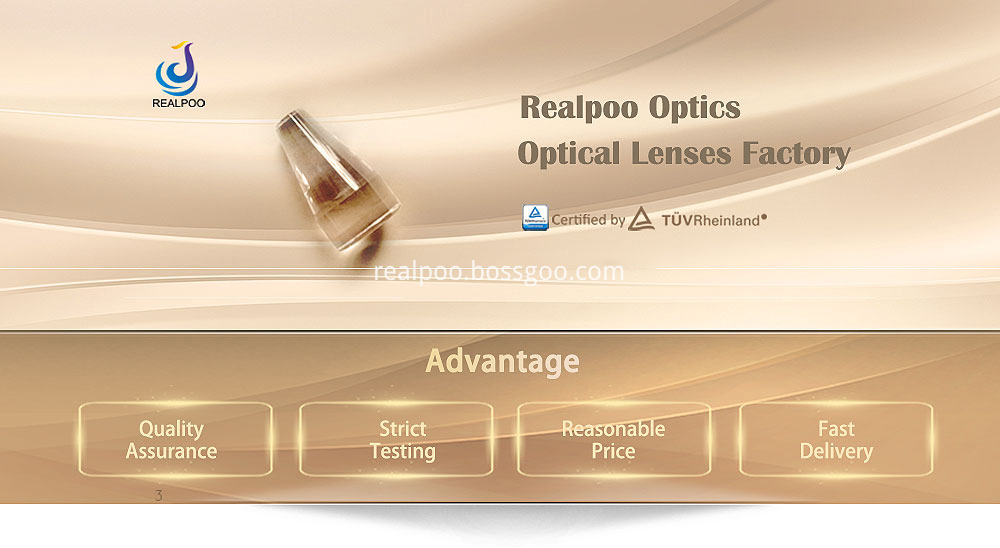
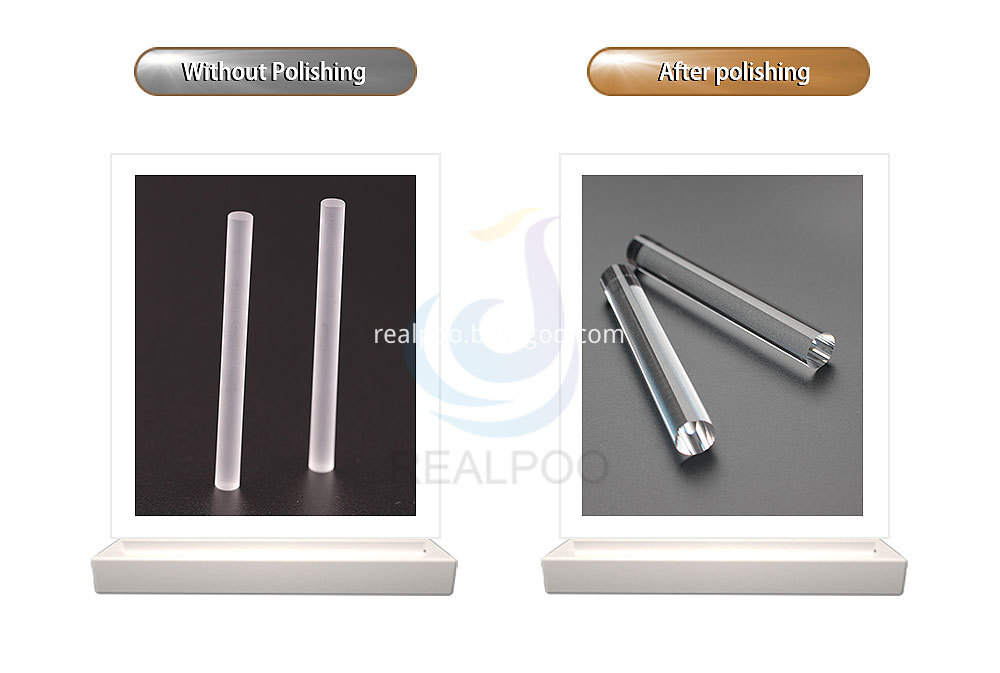
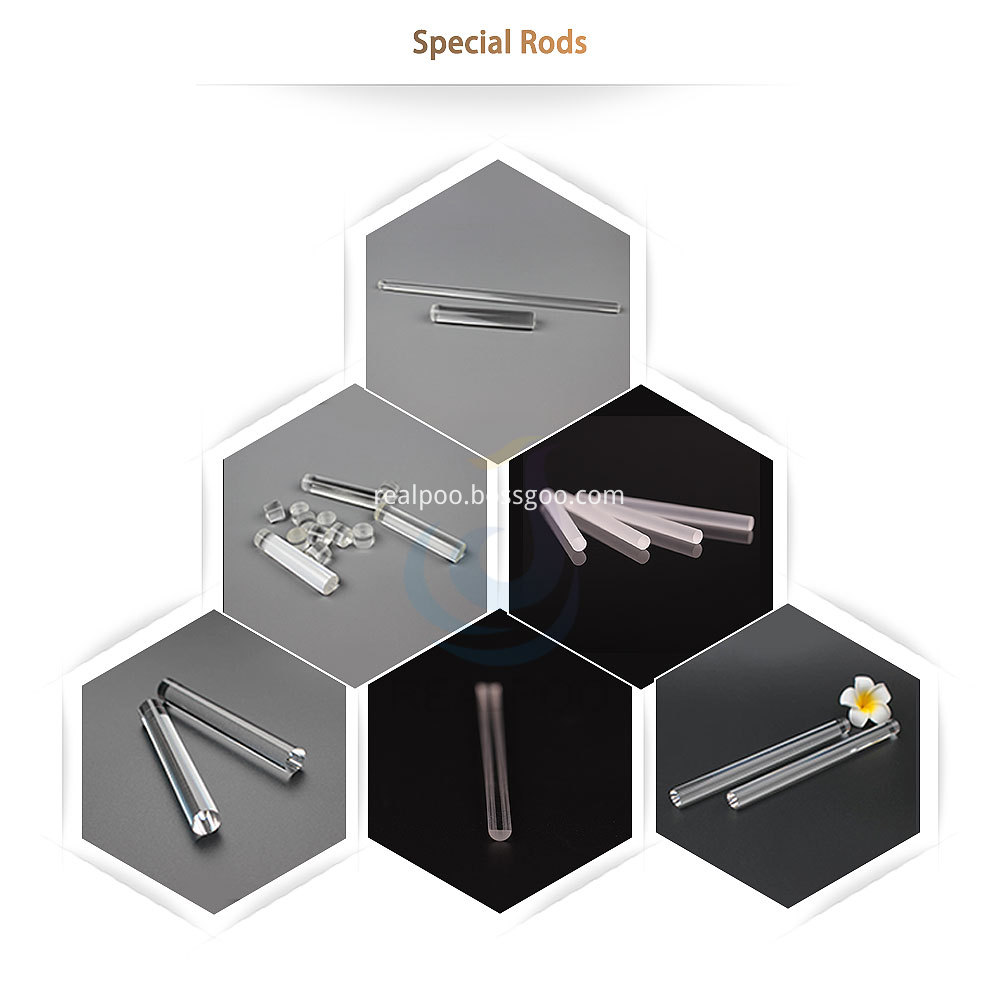
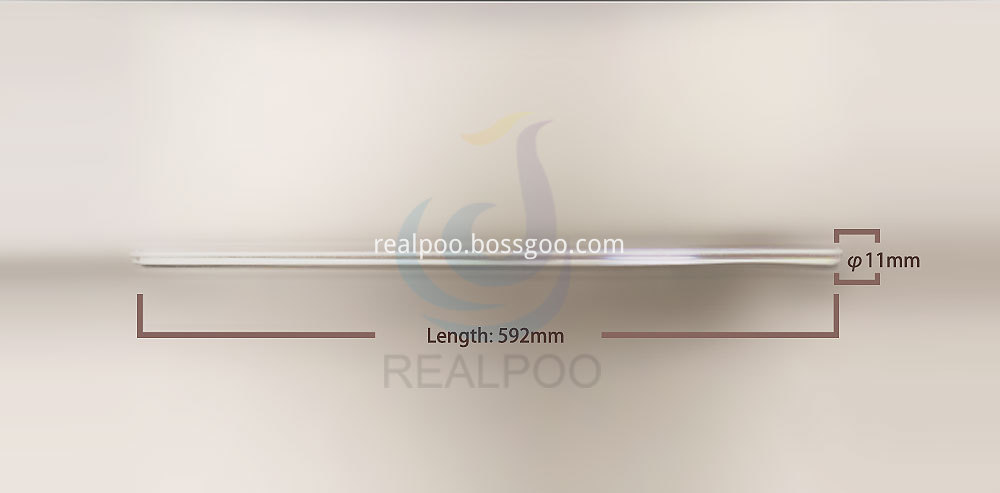
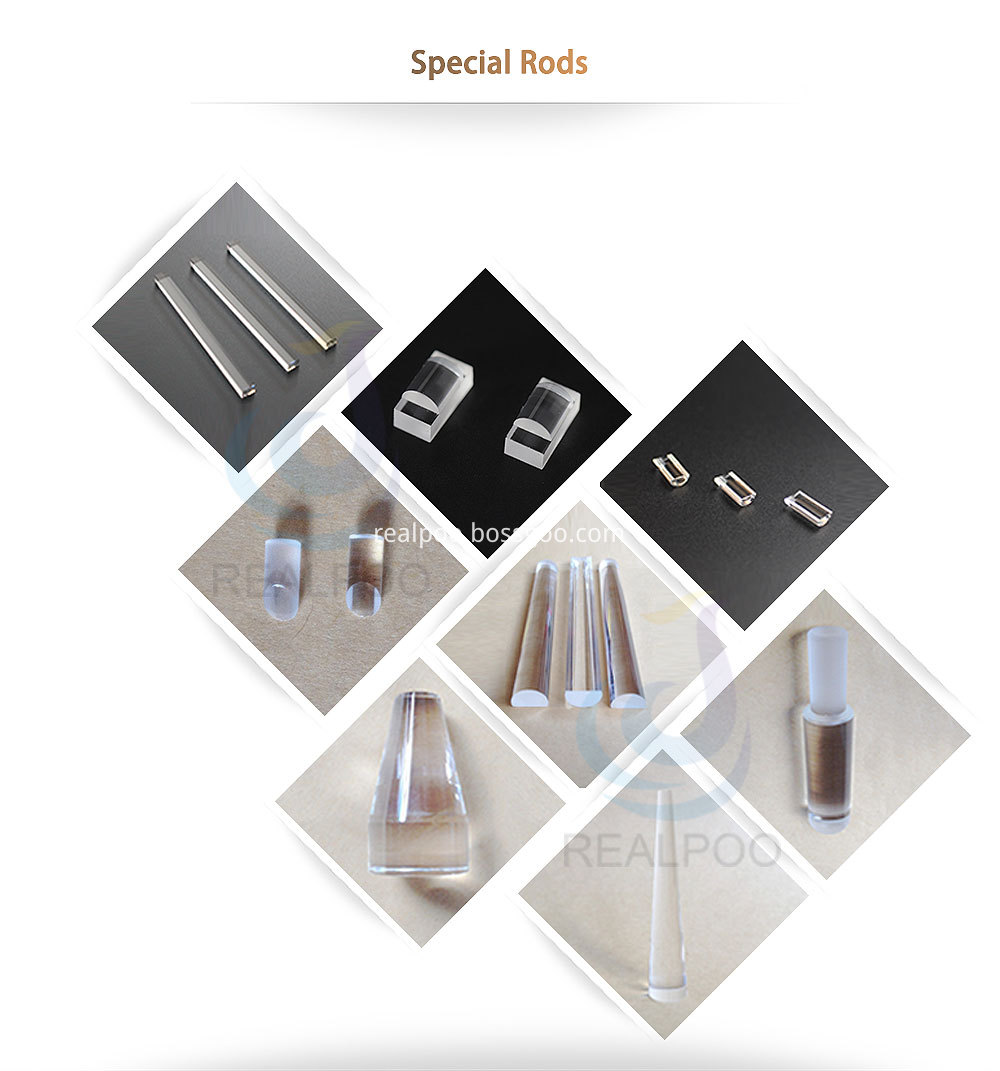
Glass Rod,Collimating Lens,Optics For Lasers,Glass Cylinder
Changchun Realpoo Photoelectric Co., Ltd. , https://www.optics-realpoo.com